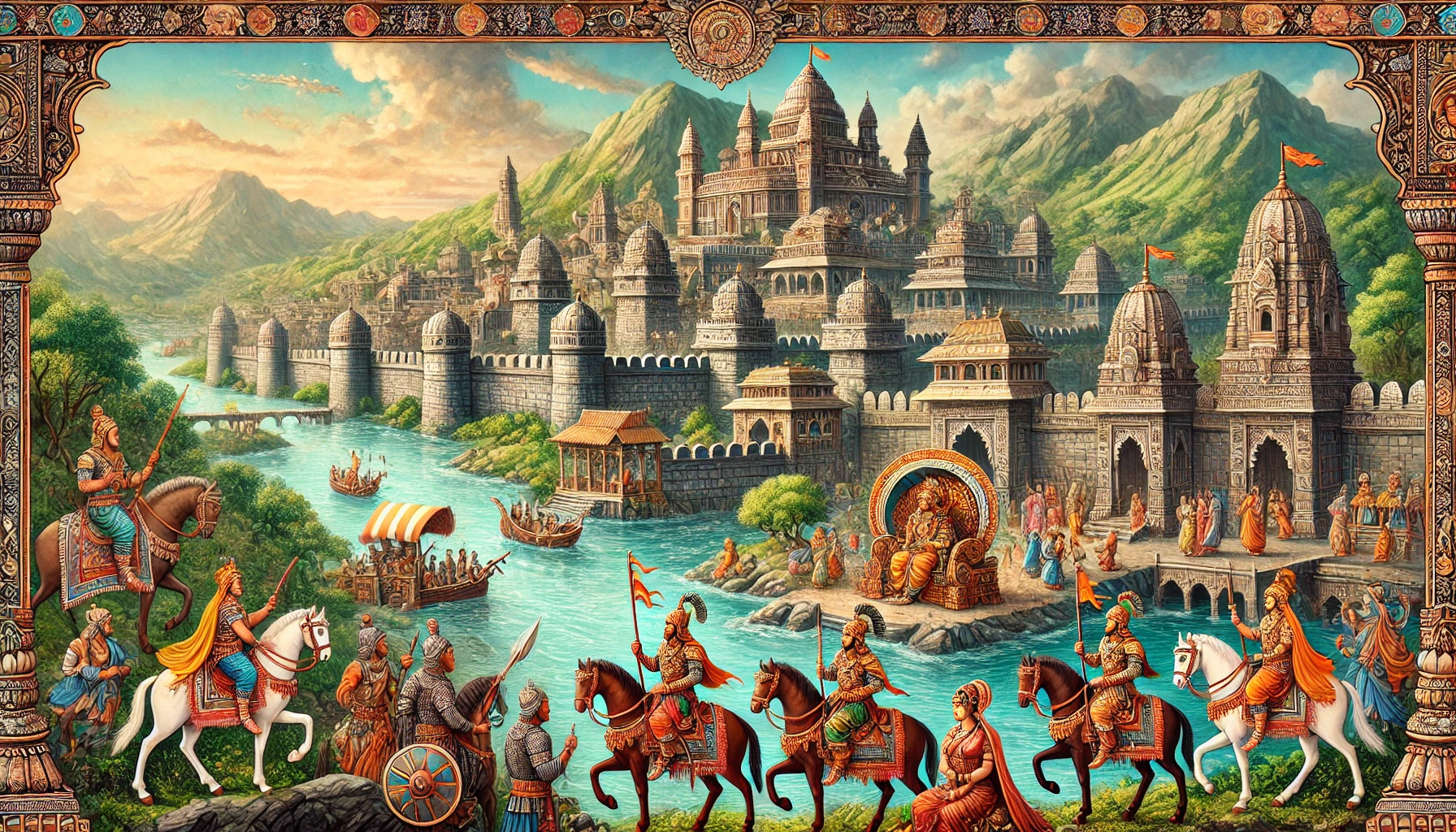The Cheti dynasty played a crucial role in shaping the early history of India. The Chedi kingdom is also known as the Chedi. Various historical texts and inscriptions mention it as an ancient lineage. The importance of the Chedi kingdom lies in its influence over the region and its contribution to the development of the Indian subcontinent.
- The Mahabharata mentions the Chedi dynasty.
- Their territory was located between the Yamuna and Narmada rivers.
- The Cheti rulers are known for their courage and administrative skills.
- The Chedi kingdom was one of the sixteen Mahajanapadas.
- They had strong ties with other prominent dynasties of ancient India.
The broader political landscape of ancient India intertwines with the history of the Cheti dynasty.Their reign marks an era of cultural and economic prosperity. As one of the Monarchical Mahajanapadas, the Chedi kingdom was a significant player in the political dynamics of the time.
| GS Paper | GS Paper I (Ancient History) |
| Topics for UPSC Prelims | Rulers of Cheti kingdom, Historical significance |
| Topics for UPSC Mains | Political and cultural contributions, Role in regional dynamics, Legacy in Indian history |
Cheti Dynasty
The Cheti dynasty is historically significant. During the ancient period, it was known as one of the monarchical states called Mahajanapadas. The Chedi kings ruled over a considerable territory, which included parts of modern-day Madhya Pradesh. Their capital, Tripuri, became a notable center for administration and culture under their rule.
Various ancient texts and inscriptions also mention the Cheti dynasty. They highlighted their influence in the region. The Chedi rulers, known for their strong military and diplomatic strategies, maintained their power amidst the rivalries of other Mahajanapadas.

Monarchical Mahajanapadas
During the time of the Cheti dynasty, the Cheti kings ruled over several mahajanapadas in India. They wielded absolute power and ensuring protection, prosperity, and stability through strategic alliances and warfare when necessary. These were great realms or kingdoms, many of which were monarchical. The Chedi kingdom, like others, was ruled by a king who wielded absolute power over his subjects. The Cheti kings were responsible for the protection and prosperity of their people, and they ensured the kingdom’s stability through strategic alliances and warfare when necessary.
The monarchical system in the Cheti kingdom was similar to other Mahajanapadas. A council of ministers and advisors supported the king in the governance of the state. The Chedi kings patronized arts and culture. It contributed to the cultural richness of the region.

Sahajati and Tripuri
The Cheti dynasty had two significant regions Sahajati and Tripuri. Tripuri, in particular, served as the capital of the Chedi kingdom. It was a strategically located city that played a crucial role in the kingdom’s administration and military campaigns. The Chedi rulers reflected their power and influence in the fortifications and architectural achievements of Tripuri.
The Cheti dynasty controlled Sahajati, another important region. The fertile lands were a crucial feature of Sahajati as they served as an agricultural hub. They contributed to the economic strength of the Chedi kingdom. The prosperity of Sahajati and Tripuri under the Cheti rulers highlights the dynasty’s effective governance and administrative capabilities.
Conclusion
The Cheti dynasty is a significant chapter in ancient Indian history. Their rule over regions like Sahajati and Tripuri marked a period of stability and prosperity in the area. The Chedi kings, as part of the broader monarchical Mahajanapadas, played a vital role in shaping the political and cultural landscape of their time. Understanding the Cheti dynasty provides valuable insights into the governance, military strategies, and cultural achievements of ancient India.
| Cheti UPSC Notes |
| 1. The Cheti dynasty, also known as Chedi, was a significant ruling family in ancient India, with its territory between the Yamuna and Narmada rivers. 2. The Cheti kingdom was one of the sixteen Mahajanapadas. It was influential in the political landscape of northern India before the rise of the Mauryan Empire. 3. Cheti rulers were known for their administrative prowess, military might, and alliances with other powerful dynasties, contributing to their long-lasting reign. 4. Suktimati, the capital of the Cheti dynasty, was strategically located, facilitating trade, cultural exchange, and military defense. 5. Sahajati and Tripuri were major cities in the Cheti kingdom, serving as centers of power, religion, and trade, and contributing to regional influence. 6. The Cheti dynasty’s influence extended beyond their territorial boundaries, leaving a lasting impact on the cultural and religious development of ancient India. |


